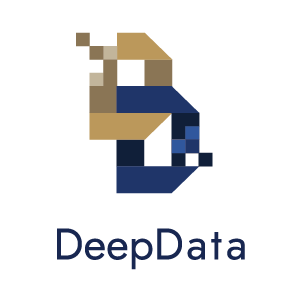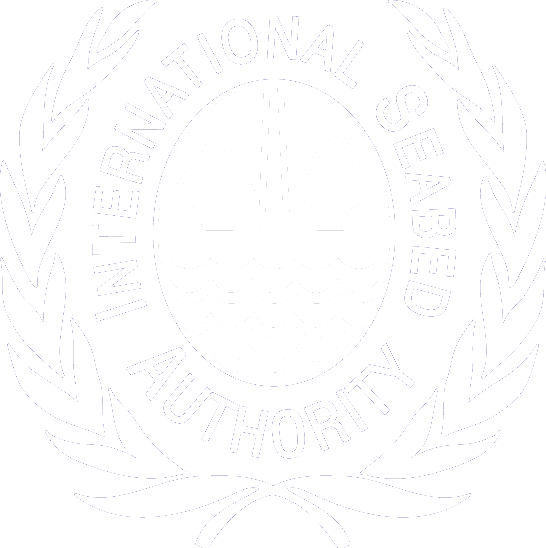ISA Fact-check 2023/1 – Availability, content and accessibility of data and information of DeepData
July 2023
 The United Nations Convention on the Law of the Sea (UNCLOS) tasks ISA with a responsibility to promote scientific research in the international seabed area (the Area) and coordinate the sharing of the results and learnings that emerge from scientific research carried out in the Area. In addition, promoting the dissemination, exchange and sharing of scientific data and the outputs of deep-sea research, as well as increasing deep-sea literacy, are all listed as priorities under the ISA Action Plan for Marine Scientific Research in support of the United Nations Decade of Ocean Science for Sustainable Development.
The United Nations Convention on the Law of the Sea (UNCLOS) tasks ISA with a responsibility to promote scientific research in the international seabed area (the Area) and coordinate the sharing of the results and learnings that emerge from scientific research carried out in the Area. In addition, promoting the dissemination, exchange and sharing of scientific data and the outputs of deep-sea research, as well as increasing deep-sea literacy, are all listed as priorities under the ISA Action Plan for Marine Scientific Research in support of the United Nations Decade of Ocean Science for Sustainable Development.
The primary source of scientific data on the Area and its resources, including environmental data, is the exploration work carried out by ISA contractors since 2001. These data are supplemented by historical datasets from the research carried out by registered pioneer investors prior to entry into force of UNCLOS and research carried out by States and international consortia of exploration companies dating back to the 1970s. Altogether, this represents more than 40 years of directed research on the Area and its resources. Managing these data, collected over many years, using different research and sampling techniques, different quality assurance protocols, and held in different collections according to different data standards, presents enormous challenges for ISA as the regulator of activities in the Area and the custodian of these data for the benefit of all humanity.
The ISA DeepData database was launched in 2019, following a lengthy process of planning and development, including in collaboration with the Legal and Technical Commission. It replaced and consolidated previous databases maintained by ISA, and was also the first ISA database to be allocated dedicated programmatic funding by Members of ISA.
In launching DeepData, ISA made publicly available for the first time the biggest and most complete global repository of environmental data and information on the Area and its overlying waters beyond national jurisdiction. As of May 2023, DeepData contains over 10 terabytes of data collected, which is roughly equivalent to 6.9 million Instagram uploads. The database is also widely used, with approximately 2.4 million hits from unique visitors in 2022 alone and more than 160 citations in scientific publications. This wealth of data and information has been critical to the development of environmental management plans in areas beyond national jurisdiction and to understanding regional scale and specificities. It should be noted that data processing activities remain ongoing as contractors continue to execute various analytical processes and submit new and revised data to the Secretariat.
In addition, ISA has established several strategic partnerships to enhance DeepData by improving the availability and accessibility of data and information. The linkage between DeepData and the Ocean Biodiversity System (OBIS) of UNESCO, established in 2022, has expanded the sharing of environmental data and increased the visibility of DeepData. In terms of its contribution to OBIS, DeepData records currently account for over 89,000 occurrence records or 15 per cent of data collected at depths below 3,000 metres. ISA is the first UN body to become a node to OBIS, adding a critical piece of information to the global knowledge base. Every data byte collected through deep-sea exploration adds critical new information about life in the ocean and assists with decision-making.
Furthermore, the ISA Secretariat has undertaken collaborative activities with various partners to improve the quality of DeepData. It is in this context that in 2020, the ISA Secretariat initiated a discussion with the Natural History Museum of London and the PEW Charitable Trusts to develop a small project as a pilot collaborative activity, and to support the ISA’s ongoing programme of taxonomy workshops. The project aimed to review the taxonomic data available for the Clarion-Clipperton Zone, including those in ISA DeepData, and other public databases and published literature. Within this project, an analysis of the DeepData taxonomic data structure was to be undertaken, including to identify what biological data is captured, how it is structured in contractor reporting templates, and how it is represented on the online database. Work started in January 2021, with the final dataset used for the study downloaded in July 2021, and the study manuscript was shared with ISA in June 2022. Regrettably, the authors of the paper decided not to reflect feedback provided by the ISA Secretariat on the manuscript and ignored technical clarifications that were provided, leading to incorrect interpretations of many aspects of the database. While the authors acknowledged that their study “illustrates some of the wider challenges and opportunities for biodiversity databases, in particular for developing their utility for both research and environmental policy,” they failed to address important issues of context, such as the fact that ISA reporting templates had already been updated prior to the release of the study and that many of the recommendations in the study had already been implemented by ISA in the time since the study was initiated and prior to its release.
The following paragraphs explain the measures and procedures developed by the Secretariat to leverage the value and potential of DeepData and address some of the issues raised by the study to realise the full potential of DeepData for advancing the knowledge of deep seabed environment.
Duplication of records and datasets
The studies report duplicated data records, which resulted primarily from subsequent submissions of revised datasets by some contractors, as well as by concurrent submissions by separate contractors derived from joint cruises. Duplicate records have progressively been identified and removed from DeepData. A composite key, including details related to the cruise, sampling location and sample identifier, allows for identification of unique records. In addition, new guidelines and revisions to the reporting templates have been developed to clearly instruct contractors how to implement dataset versioning to avoid duplicate submissions in the future.
Use of Darwin Core Standards
The revised reporting templates have included corresponding terms of the Darwin Core Standard. Nonetheless, training on the correct use of fields is still required, and mapping of historical datasets will be revised in collaboration with OBIS.
Data sharing beyond environmental variables
As per the regulations for exploration of mineral resources, bathymetric data is classified as confidential and therefore is not available for public access through DeepData. Nonetheless, under ISA’s Area2030 initiative, high-resolution bathymetric data is being voluntarily shared by ISA contractors through a collaboration between ISA and the International Hydrographic Organization. Data shared so far includes over 195,000 km2 of seabed in the CCZ, 188,500 km2of seabed along the Indian Ocean ridge and 10,000 km2 in the Atlantic. This represents an important contribution to global efforts, such as the Seabed 2030 project, to map the entire world’s ocean floor.
Quality assurance mechanism
The revised reporting templates (2021) also include quality assurance and quality control steps to ensure that required metadata is provided together with environmental data. This is a welcome improvement to DeepData which mirrors similar processes carried out by other environmental databases.
Quality of taxonomic records
Taxonomic identifications and correct use of taxonomic nomenclature is a longstanding challenge of biological research. The collaboration with the World Register of Marine Species (WoRMS) was formalized in March 2022 and new fields, including the WoRMS unique Life Science Identifier (LSID) and Taxonomic Identification Qualifier, have been introduced in the revised reporting templates to standardize the use of species names, in particular temporary names used while the species await formal description. The quality of the taxonomic data has been significantly improved following the review by scientific experts and using WoRMS tools on more than 60,000 biological records across all regions where exploration activities are taking place.
Next steps
To continue improving DeepData and data management in general, the ISA Secretariat has tabled a strategic roadmap for deep-sea data management for the period 2023-2028 to the Legal and Technical Commission, which has endorsed the proposed direction and proposed priorities. This strategic roadmap advances the results of previous efforts of ISA to improve its data management, including the development and operationalization of DeepData. The reforms and improvements to DeepData implemented since the study will enhance data quality, availability, accessibility and use for scientific research and inform decision-making for the protection and sustainable use of areas beyond national jurisdiction. Specific attention will also be given to ensuring the participation of developing States and the delivery of results which enhance their capacities for effective data management and the application of data to advancing marine scientific research around the world.

